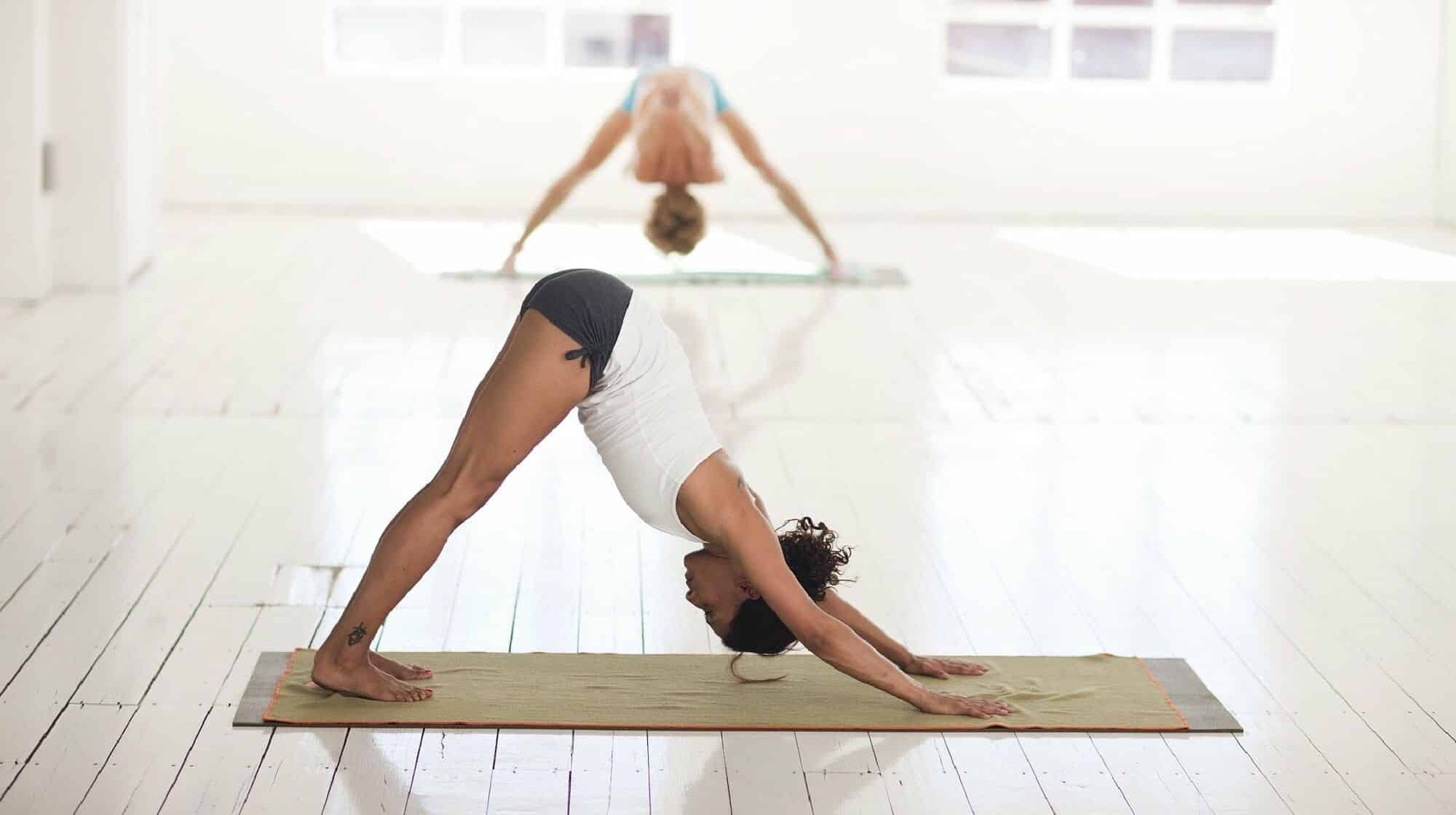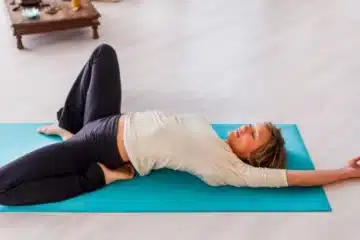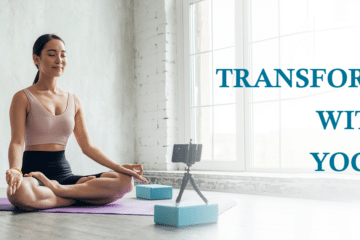Power yoga is a dynamic and vigorous form of yoga that combines strength, flexibility, and breath work. It’s a great way to build stamina, tone muscles, and relieve stress.
If you’re new to yoga or looking to take your practice to the next level, power yoga for beginners is an excellent place to start.
In this guide, we’ll explore everything you need to know to get started with power yoga, including its benefits, basic poses, and tips for a successful practice.
Benefits of Power Yoga for Beginners:
- Strength Building: Power yoga focuses on building strength in both the upper and lower body. With regular practice, you’ll notice increased muscle tone and endurance.
- Flexibility: Power yoga incorporates a variety of stretching exercises that help improve flexibility and range of motion.
- Stress Relief: The combination of physical movement and focused breathing helps reduce stress and promote relaxation.
- Weight Loss: Power yoga can help you burn calories and lose weight when practiced regularly as part of a healthy lifestyle.
- Improved Posture and Balance: Power yoga helps improve posture by strengthening the core muscles and promoting better body alignment.
- Increased Energy: Regular practice of power yoga can help increase energy levels and improve overall vitality.
Basic Poses for Power Yoga Beginners:
- Mountain Pose (Tadasana): Stand tall with feet together, arms by your sides, and palms facing forward. Press your feet into the ground and engage your thighs and core.
- Downward-Facing Dog (Adho Mukha Svanasana): Start on your hands and knees, then lift your hips up and back, forming an inverted V shape with your body. Keep your hands shoulder-width apart and feet hip-width apart.
- Warrior I (Virabhadrasana I): Step one foot back into a lunge, keeping your front knee bent at a 90-degree angle. Extend your arms overhead, with palms facing each other.
- Warrior II (Virabhadrasana II): From Warrior I, open your hips and shoulders to the side, extending your arms parallel to the ground. Keep your front knee bent and your gaze over your front hand.
- Plank Pose: Begin in a push-up position, with your hands directly under your shoulders and your body in a straight line from head to heels. Engage your core and hold for several breaths.
- Chair Pose (Utkatasana): Stand with feet together, then bend your knees and lower your hips as if sitting back in a chair. Extend your arms overhead and gaze forward.
Tips for a Successful Power Yoga Practice:
- Listen to Your Body: Pay attention to how your body feels during each pose and modify as needed to prevent injury.
- Focus on Breath: Coordinate your breath with each movement, inhaling and exhaling deeply.
- Stay Hydrated: Drink plenty of water before, during, and after your practice to stay hydrated.
- Start Slow: Don’t push yourself too hard in the beginning. Start with shorter sessions and gradually increase the intensity and duration of your practice.
- Use Props: Don’t be afraid to use props like blocks and straps to help you maintain proper alignment and deepen your stretches.
- Be Patient: Remember that progress takes time. Be patient with yourself and enjoy the journey.
Conclusion
Power yoga for beginners is a challenging yet rewarding practice that offers numerous physical and mental benefits. By incorporating basic poses, focusing on breath, and listening to your body, you can develop strength, flexibility, and inner peace.
Whether you’re looking to improve your fitness level, reduce stress, or simply try something new, power yoga is a fantastic option for beginners. Start your journey today and discover the transformative power of yoga.




